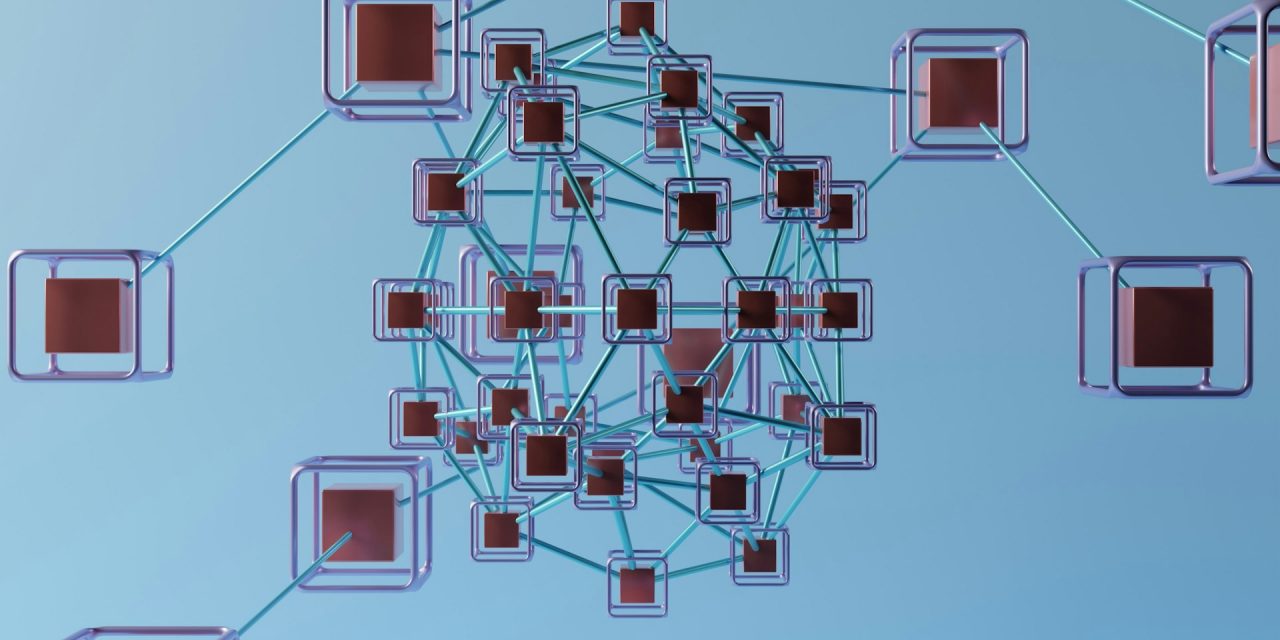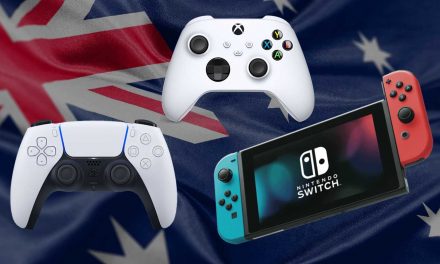The concept of Web3 has been amply discussed over the last few years, with many hailing it as a huge change in the online landscape, an innovation with the potential to change things on a fundamental level. The thing that makes it different is that it incorporates concepts such as blockchain tech, decentralization, and token-based economics, things that haven’t been commonplace on the World Wide Web until now. The term first appeared in 2014, but it wasn’t until 2021 that the idea really started picking up speed among crypto enthusiasts, venture capitalists, and large tech corporations.
The integration of cryptocurrencies such as Ada, the native coin of the Cardano blockchain, in this ecosystem, shouldn’t come as a surprise at all since many of the roots of Web3 functionality come from the crypto world. One of the areas believed to have the biggest potential in this regard is that of gaming, an ecosystem that is already vibrant and fast-paced, as well as fueled by hype in no small measure. However, it has been quite some time since the concept entered the marketplace, and many now wonder if it yielded any results at all or if it was nothing more than something that was popular but ultimately showed nothing of substance.
Image source: https://unsplash.com/photos/diagram-7hA2wqBcSF8
Improving the good areas
One of the main reasons why Web3 gaming was welcomed with open arms is that it doesn’t aim to uproot the old systems and replace them with something new that the players have to get used to. Players have the chance to import existing libraries and keep on playing as usual, creating a seamless and efficient experience. On top of that, the platforms let users monetize their hardware through a special engine that runs in the background. This means that every single computer gets to contribute to the distributed network by providing unused GPU and storage.
The pools of computing power are employed to serve customers worldwide who may require this GPU. Other platforms generate rewards that are distributed to gamers as a “thank you” for the resources they provided.
Why it works
The idea with Web3 gaming is to foster the creation of a much more gratifying gaming experience and take this popular hobby to the next level. As previously outlined, the main reason why the model has been so successful is that it doesn’t come with any game modifications. Players can be quite conservative when it comes to what they play, and introducing changes is often controversial. Many operate by the “if it ain’t broke, don’t fix it” mantra, so bringing anything new, especially if it adds unnecessary complexity, may not be seen in a positive light.
Keeping the core of the gaming experience intact is crucial, as it is the primary thing that keeps gamers returning. The innovative earning model provides an edge to the standard experience, but since it is a monetization project, it was much more likely to enjoy a positive reception, which turned out to be true. However, this endeavor is quite complex as well, as the apps and platforms must be designed in order to avoid slowing down computers. This way, earnings don’t come at the expense of the matches, campaigns, or missions you have to deal with in the game.
Web3 is a growing ecosystem that has the potential for very real utility. Right now, it is still in its incipient stages, but things will most likely change in the long run. It’s not just that investing time and money in an emerging technology is something most gamers are interested in, there is also the fact that exclusive experiences and benefits will undoubtedly become the norm once the environment becomes steadier and more mature. Lastly, Web3 is a scalable solution, and the network will become stronger as a result of increasing adoption, creating solid value.
The challenges
All new technologies and developments deal with some setbacks as well. It is inevitable, and Web3 is no exception. There are several barriers that prevent users from joining Web3 platforms in larger numbers. First and foremost, there’s the lack of sustainability. As attention-grabbing as they might be, crypto tokens still largely lack real-world functionality. In some cases, they can also not be used for many in-platform uses either. This makes them purely speculative in the eyes of many users, meaning that they’re not exactly beneficial or something they’d like to own past the thrill of the moment.
Having tokens with tangible value that retain their worth even after the trend has faded into obscurity is the way to go and one of the measures that guarantee long-term engagement. Several P2E models rely on procedures that are resource-heavy, raising concerns about performance levels. Slowdowns are possible, and costly hardware upgrades are often required in the sector, overshadowing the easygoing fun of simply playing games and adding a layer of seriousness that doesn’t sit right with people who just want to unwind and play some games.
There’s also the fact that reward platforms are typically not available outside of proprietary systems. As a result, users will have no choice but to switch from their preferred services, a feature that can be interpreted as limiting gamers’ freedom. Some might also be unwilling to part ways with their platforms of choice if it means leaving their favorite games behind.
The future
Research reveals that over the years, developers and executives have aimed to improve graphics in order to attract new players. As a result, gaming has become expensive, and indie creators have been struggling to keep up. The blockchain and web3 were meant to provide this cohort with new avenues, but they ended up having high costs as well. Many layer-2 solutions were simply not designed to handle the particular needs of the gaming world. Crypto fans might be okay with the games being of slightly lower quality as a result of the focus on crypto, but it’s highly unlikely that mainstream traders will feel the same.
As such, many believe that although it was well-intentioned Web3 ended up in misalignment with gaming culture. It is essential for the industry to get in touch with what’s important once again: making games fun and enjoyable.









![[Leak] PS5 and PS5 Pro will have discounts of up to €150 this Black Friday](https://vgleaks.com/wp-content/uploads/2025/11/ps5_ps5_pro-150x150.webp)



